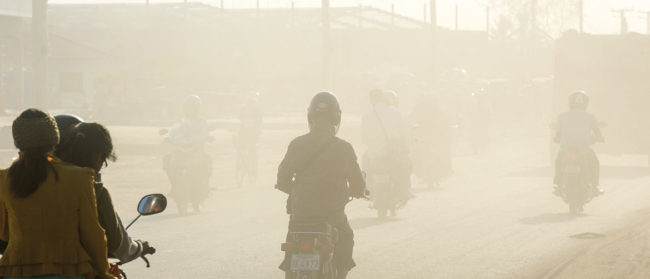There was a ceasefire between Myanmar’s Tatmadaw army and the Kachin Independence Army (KIA) between 1994 and 2011. Why did violence flare up again?
The Kachin leaders felt there was little to show for the 17-year ceasefire, apart from being sidelined and discriminated against. The Kachin Independence Organisation (KIO), the political arm of KIA, allowed no substantive input in negotiations and there was no real discussion of ethnic grievances. When the Myanmar state demanded that the KIA be turned into a Border Guard Force under the partial command of the Tatmadaw in 2010, the KIO refused and the ceasefire was declared void. In June 2011, the KIA openly challenged the Tatmadaw and the conflict quickly escalated.
The Rohingya crisis is getting all the attention in the press. Does the Kachin conflict deserve more press than it is getting?
The Rohingya conflict has garnered worldwide attention because of the international refugee crisis it has created. The Kachin conflict has not garnered as much international focus as the Rohingya crisis because the conflict there is unlikely to give rise to a similar refugee crisis. Besides, the Kachins are officially recognised as an ethnic group by Myanmar, unlike the Rohingyas… The Kachin conflict ought to be getting more press coverage as the international focus on the Rohingya crisis has allowed the Tatmadaw to escalate its campaign against the KIA that displaces thousands of villagers, without as much international condemnation.
You have written of Kachin’s “conflict economy” and the need to shift it to an economy that broadly benefits Kachin’s people rather than just a few elite ethnic and military players. What would this broader economy look like, and how could it be achieved?
First, there must be a political settlement between the Tatmadaw, the National League for Democracy (NLD) government and the KIO before there can be talks on broader economic development of the area beyond natural resources. Revenues from natural resources alone have limited impact on poverty reduction and growth… With natural resources, elites that control the revenue stream become rich with little effort. There is little incentive for the in-group to consider the rest of the population. Reliance on natural resources is not a long-term solution. So, there must be political will to invest in other areas that can provide jobs.


